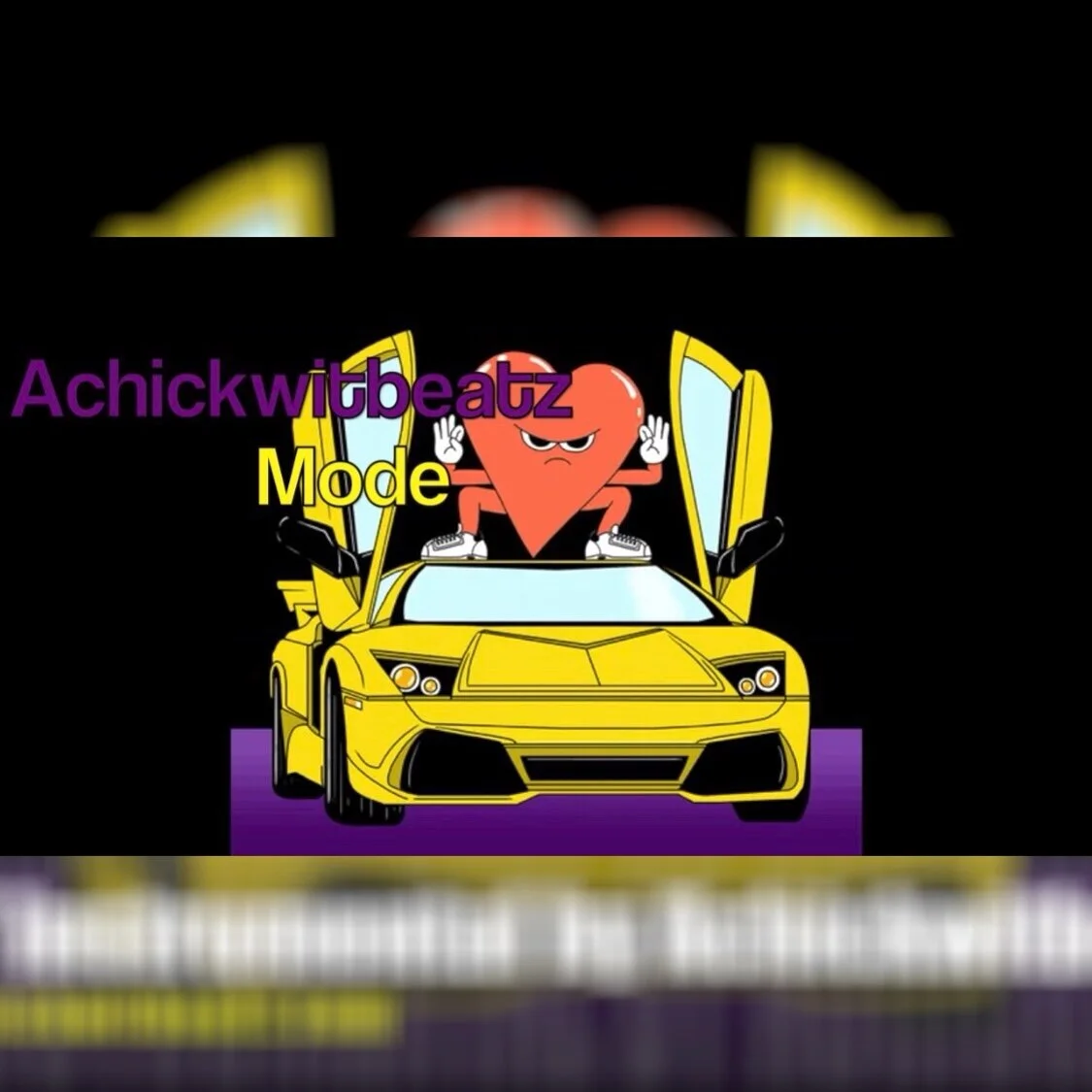Photo by Reet Talreja on Unsplash
As I continue researching ways to support independent artists (myself included), I’ve been taking a closer look at how to make better use of Spotify’s tools to stand out. How to functionally set up your page to attract listeners, support your marketing efforts, and make a good first impression when it counts.
Here's what I’ve found so far, not as advice from a guru, but as practical steps for independent artists who want to show up stronger on the platform.
Why Your Spotify Profile Matters
Photo by Haithem Ferdi on Unsplash
Before we get into tactics, here’s what’s clear: your Spotify profile is one of the first places new listeners will encounter you. Whether they find you through a playlist, algorithm, or link in your bio, your profile needs to do three things fast:
Tell people who you are
Show that you're active
Encourage them to stay and listen longer
If you’re independent, it’s not only about your image, but about function. A strong Spotify presence can influence your chances of playlist placements, media coverage, and even grant applications, sync opportunities, and brand partnerships.
Step 1: Claim and Customize Your Profile on Spotify for Artists
Photo by Dayvison de Oliveira Silva on Unsplash
Before anything else, claim your profile via Spotify for Artists. It gives you access to:
Real-time analytics
Audience and listener demographics
Editorial playlist submission tools
Artist profile customization
Access to features like Canvas and Merch integration
Once claimed, update your profile with:
Profile Photo & Header: Use high-quality images. Your profile photo is your calling card, so make it recognizable and consistent with other platforms.
Bio: You get 1500 characters, so be sure you make them count. Prioritize clarity over hype. Be concise, describe your sound, mention key achievements, and include a call to action (like a new release). Use proper line breaks — dense paragraphs deter readers.
Social Links: Link to your Instagram, Twitter/X, and Wikipedia (if applicable). These help Spotify verify who you are and give fans more places to follow you.
Featured Artist Picks: You can pin one item (a track, album, or playlist) to the top of your page. Update this strategically for new singles, show dates, or curated playlists.
Step 2: Use the Canvas Feature (If It Makes Sense for You)
If your genre or aesthetic lends itself to visual storytelling, Canvas (the looping 3-8 second video that appears during playback) can enhance your listeners’ experience, especially on mobile.
Canvas isn’t available in all countries yet, and it’s only visible in the Spotify app, but if you have access, it’s worth testing. What I’ve seen in artist forums suggests it can increase track shares and saves, but this depends on execution. Low-quality or distracting visuals can hurt more than help. Keep it polished or skip it.
Step 3: Submit Music for Playlist Consideration Before Release Day
Photo by Norbert Buduczki on Unsplash
Spotify only considers unreleased music for editorial playlists, and it must be submitted via your Spotify for Artists dashboard. This means you need to:
Distribute your release at least 7 days in advance (ideally 2-3 weeks)
Fill out every detail in the submission form, including genres, moods, instrumentation, and language
Mention any promotional plans in the pitch (press coverage, ad campaigns, etc.)
Even if you don’t land a playlist, this submission ensures the track appears in your followers’ Release Radar.
Step 4: Organize Your Artist Playlists Intentionally
Photo by Marc-Olivier Paquin on Unsplash
You can (and should) create playlists from your artist account. These can include:
All your releases in one place
Mood or theme-based playlists that include your tracks alongside others
Behind-the-scenes picks that show your influences
It’s important to recognize that the goal here isn’t vanity, but to extend listener time and deepen engagement. Treat playlists as an extension of your artistry, not just a tool for self-promotion.
If you do include your own tracks, place them near the top. And don’t go overboard…no one wants a 10-hour playlist with no curation.
Step 5: Use Merch, Tickets, and Fundraising Tools (When Available)
Spotify offers integrations with:
Merchbar (to show merch items on your profile)
Eventbrite / Ticketmaster / See Tickets (for upcoming shows)
Fan Support / Cash App / GoFundMe (for tip jars or fundraising campaigns)
If these are part of your release strategy or touring life, connect them. They won’t drive massive revenue on their own, but they remove friction for fans who want to support you directly.
Step 6: Keep Your Profile Updated (Even Between Releases)
Photo by @felipepelaquim on Unsplash
One of the most avoidable mistakes I’ve seen (and made myself) is letting your Spotify profile go stale between releases. Even if you’re not dropping new music every month, you can:
Rotate your Artist Pick every 2-4 weeks
Update your bio to reflect upcoming plans or milestones
Curate new playlists seasonally
Swap out profile or header images for tour cycles or new campaigns
These little touches signal that you’re active and engaged, which makes a difference to both fans and Spotify’s editorial team.
What I’m Still Looking Into
Photo by Daniel Romero on Unsplash
This blog post covers the basics, but here’s what I’m still digging into for myself and other artists:
Whether Canvas use impacts algorithmic playlists over time
How often to rotate Artist Pick for best engagement
If third-party playlist adds affect Spotify's editorial consideration
Whether merch integration drives measurable conversions
As I learn more, I’ll share what’s working, what isn’t, and where the effort is (or isn’t) worth it.
In summation, optimizing your Spotify artist profile is more than chasing vanity metrics or trying to “hack” the algorithm. It’s about making sure your digital presence reflects the care you put into your music.
Every detail, from your bio to your playlists, is a signal. To fans, to Spotify’s curators, and to industry peeps who might be checking you out for the first time. And every independent artist knows that these small wins add up.
If you’ve made any updates to your Spotify profile recently and seen results (good or bad) I’d love to hear what’s working for you.
- Art
- Independent Labels
- Internet Radio
- Music Documentaries
- Album Reviews
- Music History
- Music Industry News
- Free Game Friday
- Free Downloads
- Poetry
- Books
- Interviews
- Did You See It?!
- Hip Hop History
- Hear Here
- Music News
- Hip Hop Documentaries
- Music Marvels Radio Show
- Think Piece Thursday
- Mini Documentaries
- Instrumental Intel
- Music Humor
- Indie Analysis
- Conversations & Quotables
- Music
- Resources for Artists
- Podcasts
- Beats/Instrumentals
- Music Education
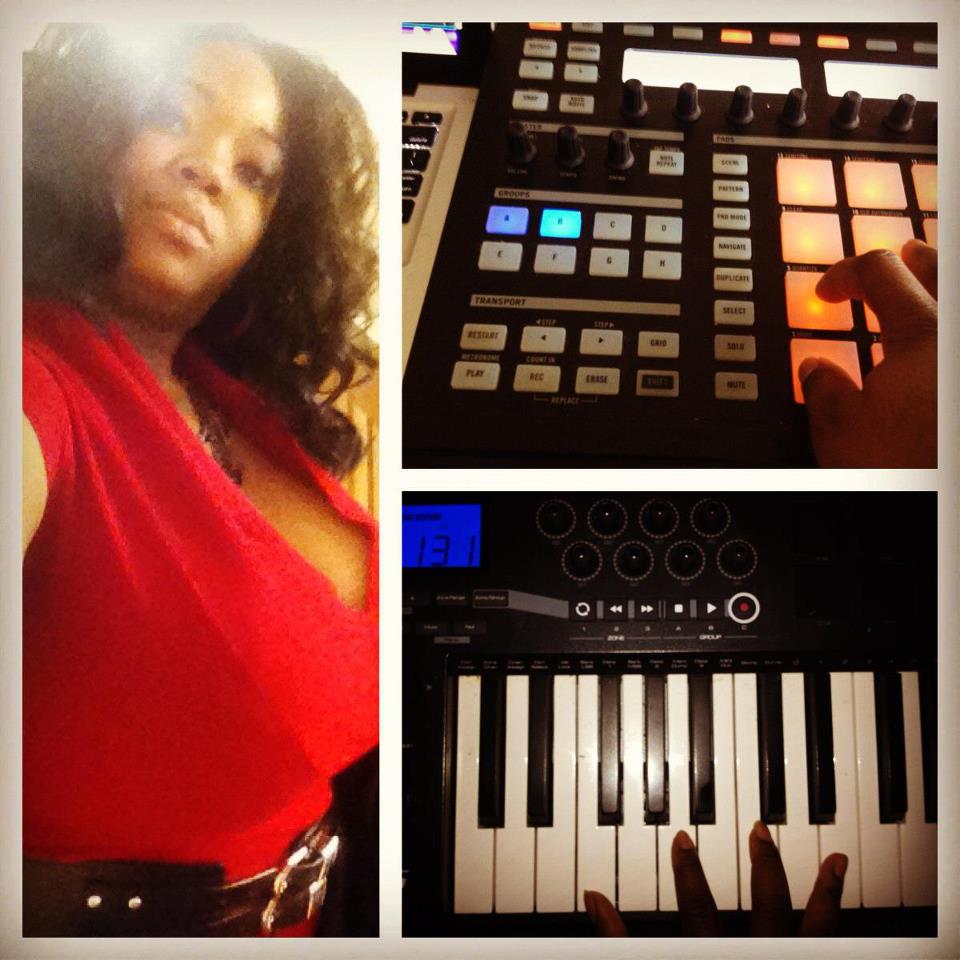

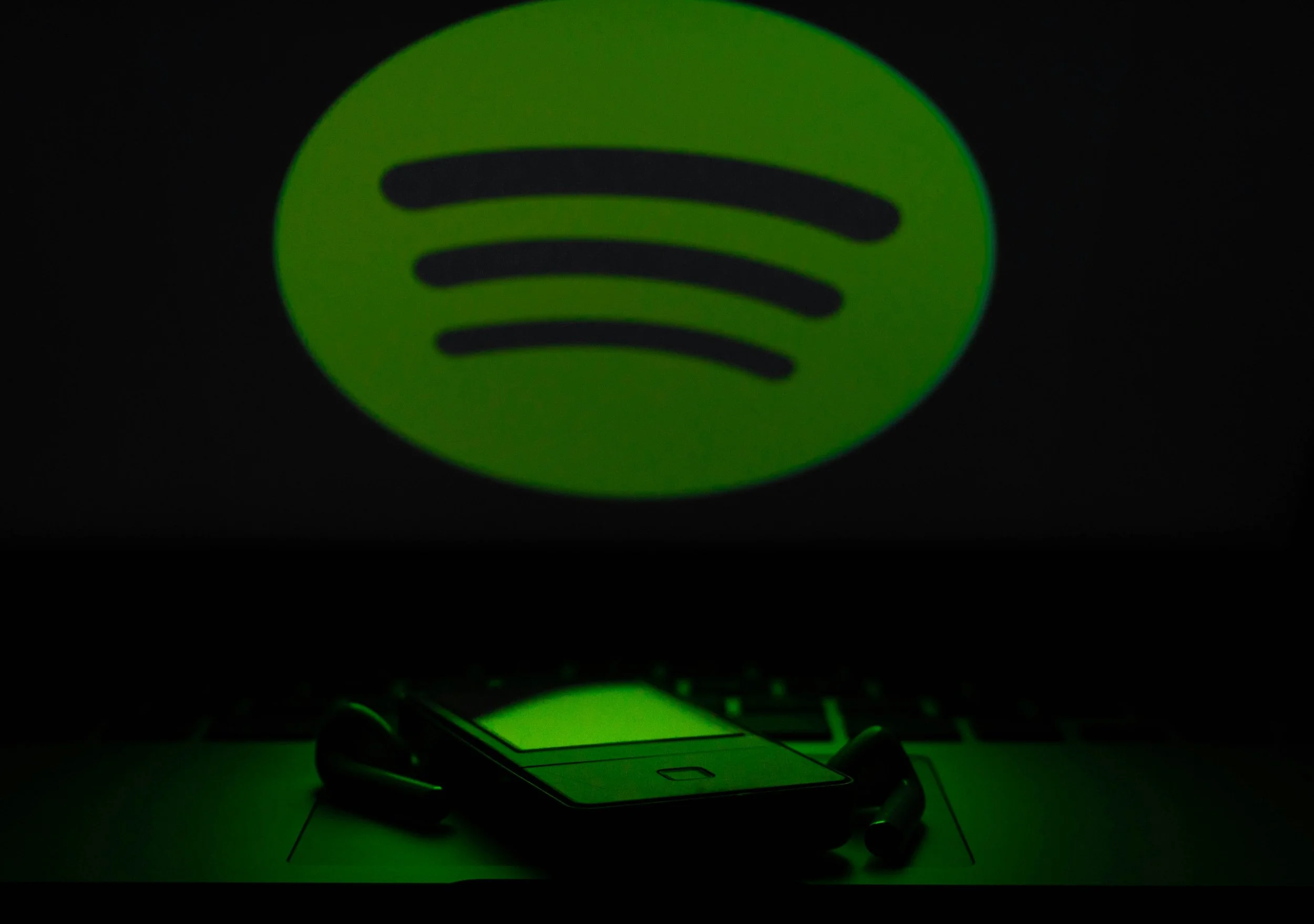








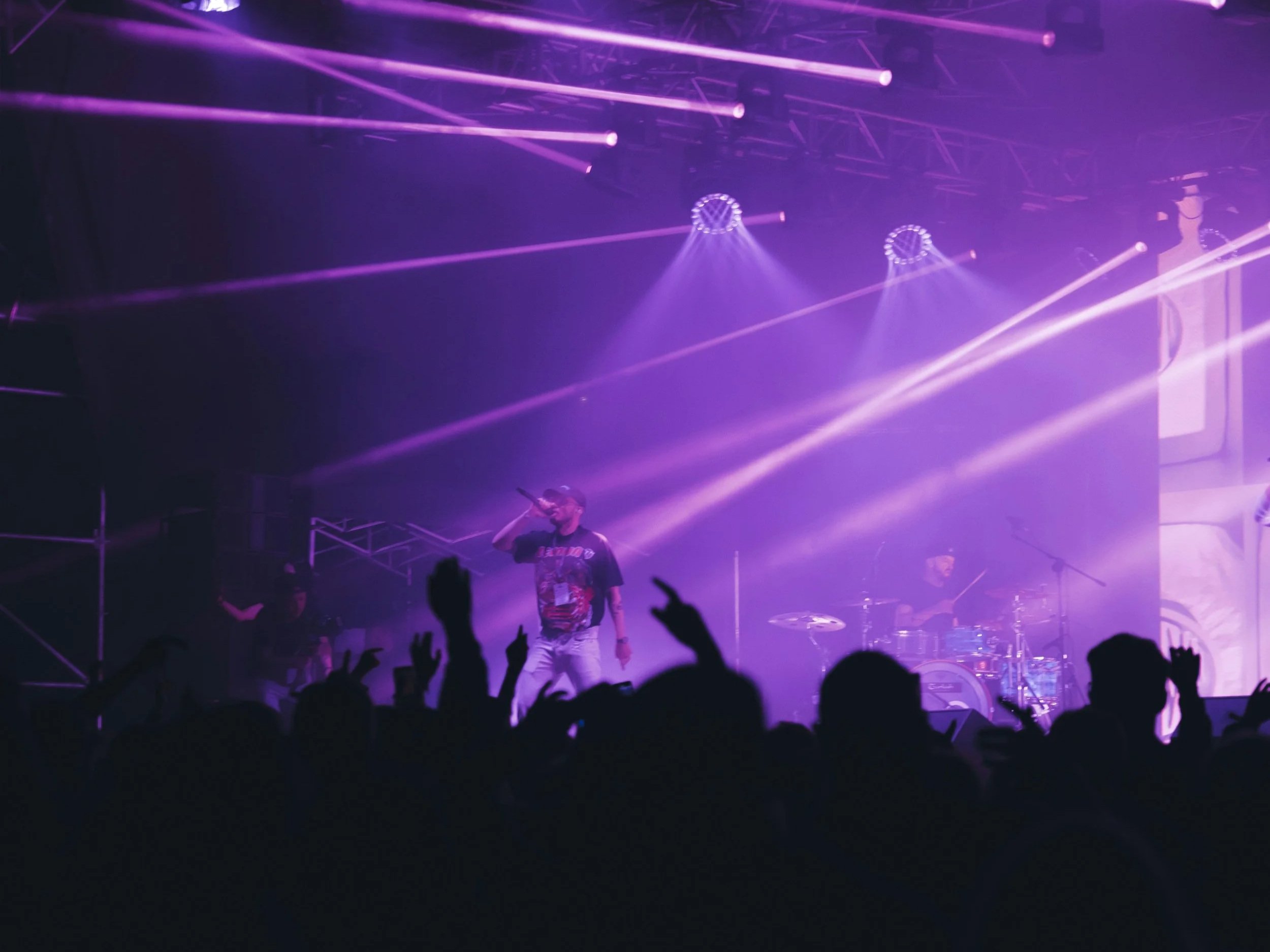

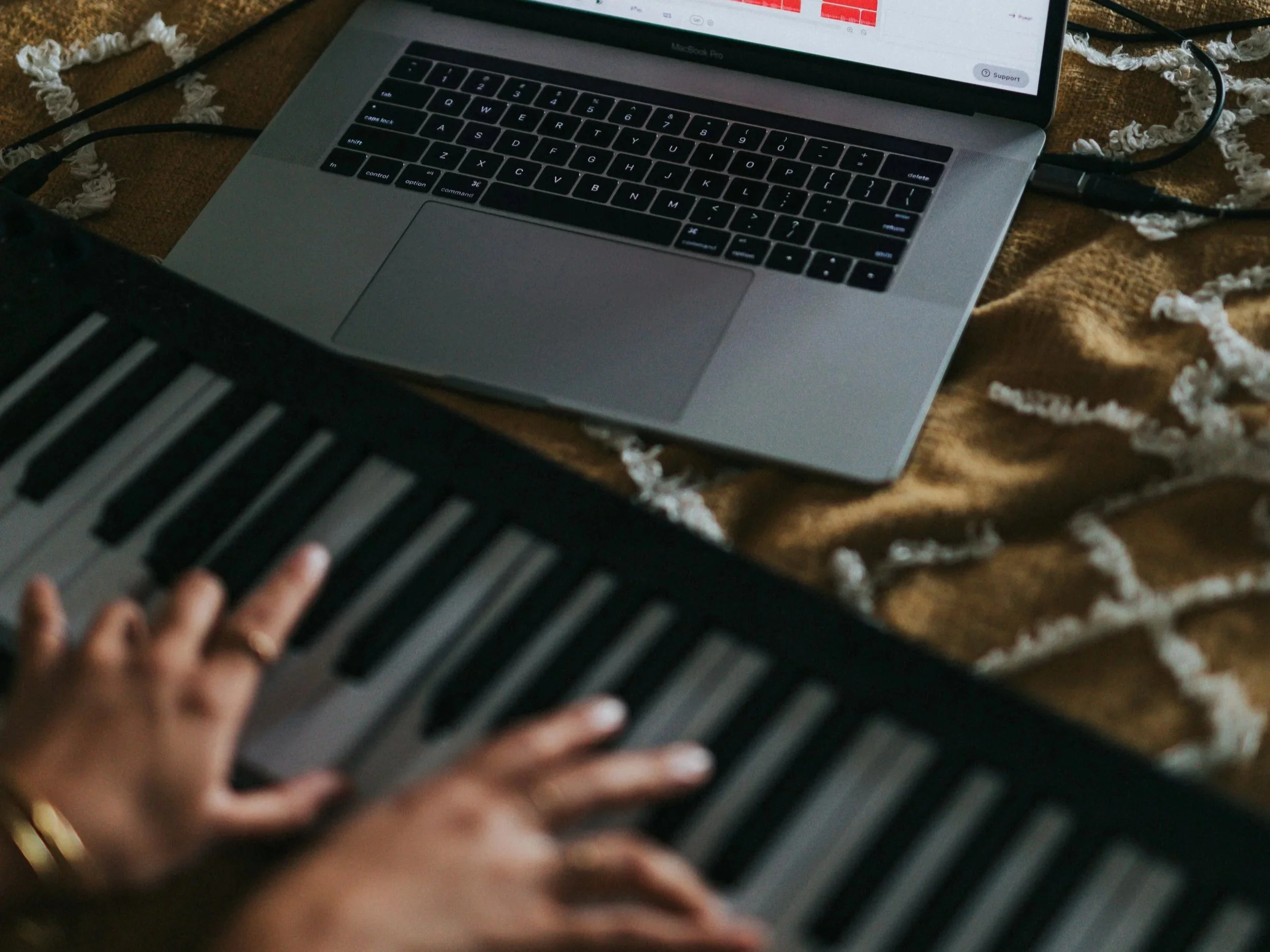


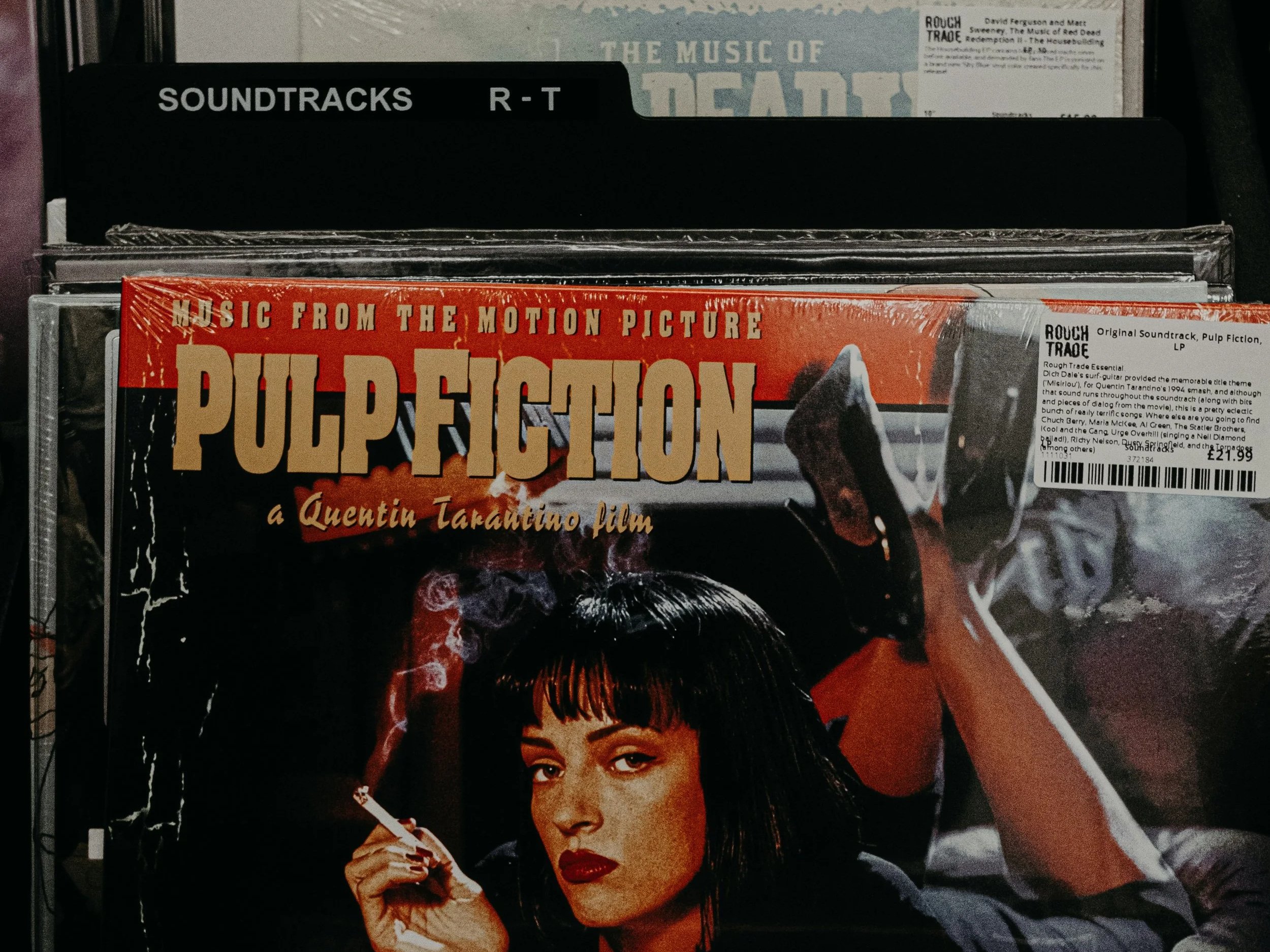


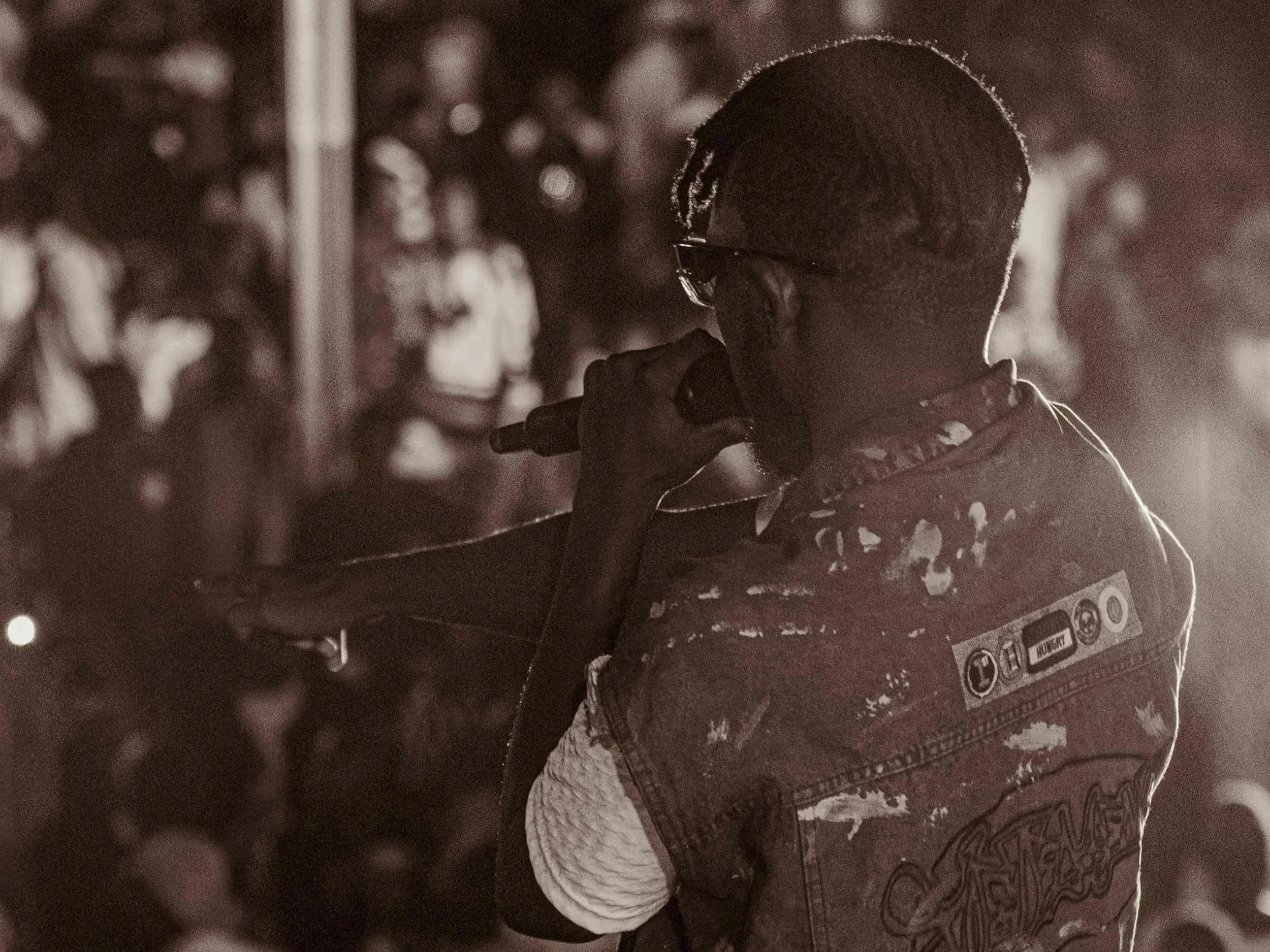








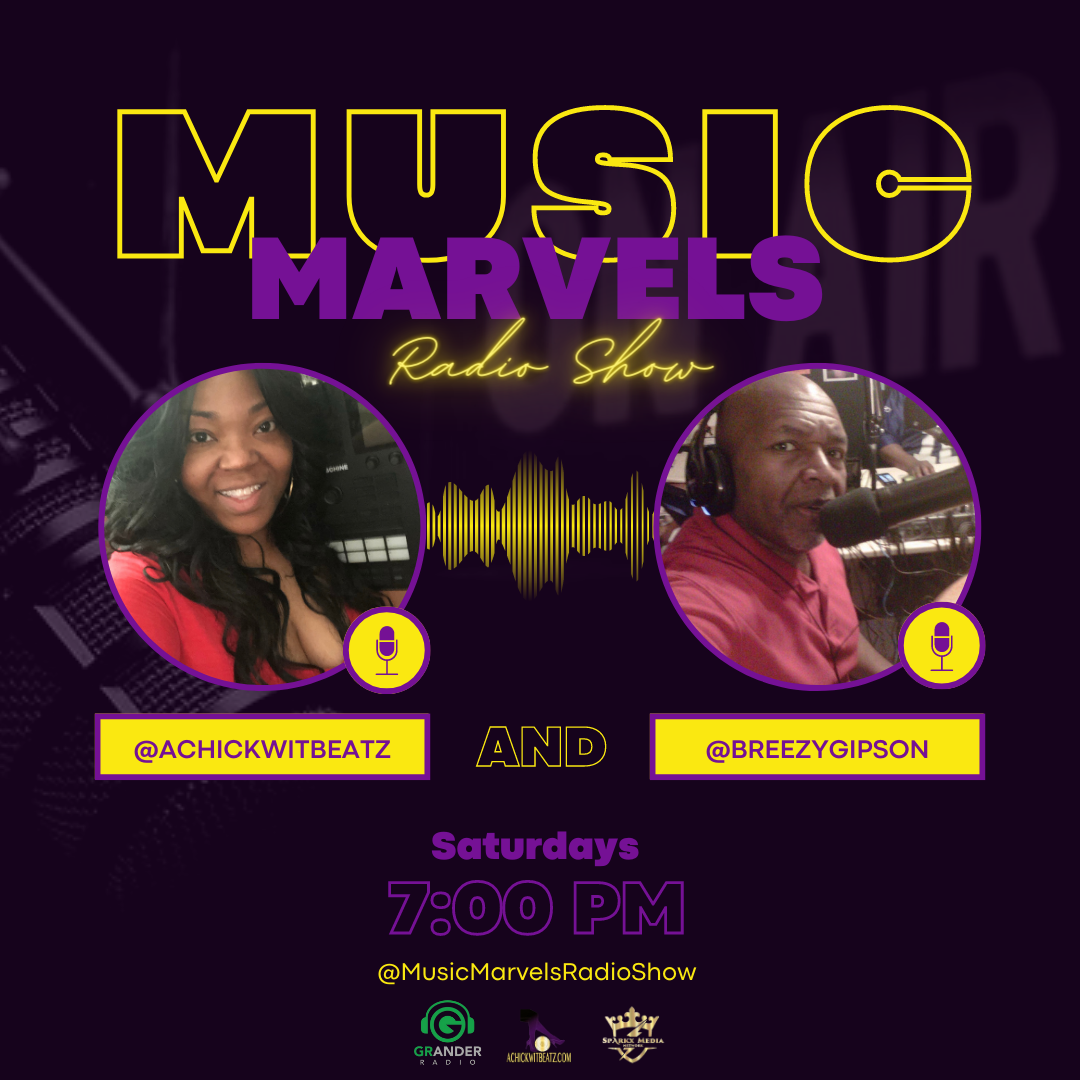
![Hear Here: Achickwitbeatz - Dopamine & Serotonin [Single]](https://images.squarespace-cdn.com/content/v1/52b0b90ae4b0293bfed0d692/1710852808557-EZYGFDIBHLBSIRFOVS1Q/Dopamine+%26+Serotonin.JPG)


